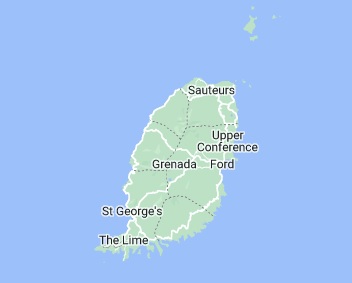AMERICAN MILITARY COLLECTIBLES OF GRENADA AND PANAMA INVASIONS
OPERATION URGENT FURY - Invasion of Grenade
Start: October 25th, 1983
End: October 29th, 1983
The United States invasion of Grenada began at dawn on 25 October 1983. The United States and a coalition of
six Caribbean nations invaded the island nation of Grenada, 100 miles (160 km) north of Venezuela. Codenamed
Operation Urgent Fury by the U.S. military, it resulted in military occupation within a few days. It was
triggered by the strife within the People's Revolutionary Government which resulted in the house arrest and
execution of the previous leader and second Prime Minister of Grenada Maurice Bishop, and the establishment
of the Revolutionary Military Council with Hudson Austin as Chairman. The invasion resulted in the appointment
of an interim government, followed by elections in 1984.
The Reagan administration in the U.S. launched a military intervention following receipt of a formal appeal
for help from the Organisation of Eastern Caribbean States. In addition, the Governor-General of Grenada Paul
Scoon secretly signaled he would also support outside intervention, but he put off signing a letter of invitation
until 26 October. Reagan also acted due to "concerns over the 600 U.S. medical students on the island" and fears
of a repeat of the Iran hostage crisis.

OPERATION JUST CAUSE - Invasion of Panama
Start: December 20th, 1989
End: January 31st, 1990
The United States Invasion of Panama, codenamed Operation Just Cause, lasted over a month between mid-December
1989 and late January 1990. It occurred during the administration of President George H. W. Bush. The primary
purpose of the invasion was to depose the de facto Panamanian leader,
General Manuel Noriega. He was wanted by the United States for racketeering and drug trafficking. Following the
operation, the Panama Defense Forces were dissolved and President-elect Guillermo Endara was sworn into office.
The United Nations General Assembly and the Organization of American States condemned the invasion as a violation
of international law.

This page provides a comprehensive look at the military uniforms from the period. The information
provided here allows the enthusiast to identify uniforms from these time periods.
| Information |
|
| Materials |
View the types of materials and colors for the uniforms. |
| Buttons |
View the buttons employed in the uniforms. |
| Tags |
List of clothing tags used in the uniforms. |
|





